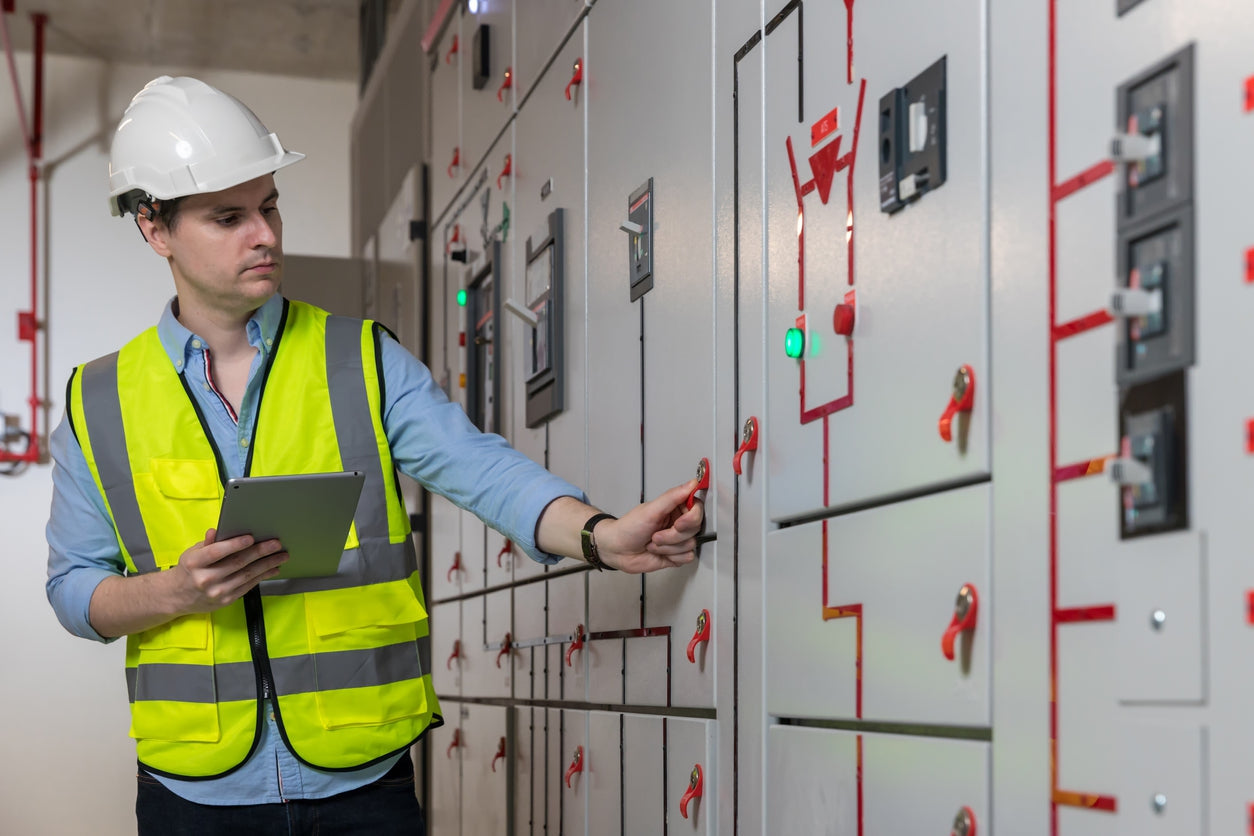Incident Command Vests are a crucial component of emergency response and management. They play a pivotal role in ensuring that response teams can efficiently and effectively address emergencies, disasters, and critical incidents. These vests are not just pieces of clothing; they symbolize a structured and coordinated approach to handling crises. Here's why Incident Command Vests are of paramount importance:
1. Identification and Hierarchy
Incident Command Vests are color-coded, typically following the Incident Command System (ICS) hierarchy. These colors signify different roles and responsibilities within the incident response structure. For example:
- White Vests: Worn by Incident Commanders who are in charge of overall incident management.
- Red Vests: Designate Safety Officers responsible for assessing and mitigating safety hazards.
- Yellow Vests: Worn by Incident Command Staff responsible for logistics and planning.
- Green Vests: Designate Liaison Officers who coordinate with external agencies.
- Blue Vests: Worn by individuals responsible for managing resources.
By simply looking at someone's vest color, responders and team members can quickly identify their role and authority, fostering a clear chain of command during high-stress situations.
2. Enhanced Communication
Incident Command Vests are typically equipped with clear identification panels and pockets for holding necessary documents, maps, or communication devices. This ensures that important information is readily accessible to key personnel. Effective communication is crucial in managing an incident, and these vests facilitate the flow of critical information within the command structure.
3. Safety and Accountability
In an emergency, safety is paramount. Incident Command Vests often feature reflective strips and high-visibility colors, making responders easily identifiable in low-light conditions or crowded environments. This high visibility enhances on-site safety and helps prevent accidents.
Moreover, these vests contribute to accountability. When each member of the incident response team wears a designated vest, it's easier to track who is on-site and in what role. This knowledge is vital for the safety of team members and the effective utilization of resources.
4. Efficiency and Coordination
Incident Command Vests are more than just a uniform; they are symbols of a well-structured incident management system. By adhering to the ICS vest system, responders ensure a standardized approach to emergency management. This consistency enhances inter-agency coordination, enabling various organizations to work seamlessly together during multi-agency responses.
5. Public Perception
During a crisis, public perception and trust in response agencies play a crucial role. Incident Command Vests help convey professionalism and competence. When the public sees responders wearing vests that clearly indicate their roles and responsibilities, it fosters confidence in the response efforts and helps maintain order and calm.
6. Training and Familiarity
Regular training and drills using Incident Command Vests prepare responders for real-world incidents. Familiarity with vest colors, roles, and responsibilities reduces confusion and hesitation during high-pressure situations, ultimately saving time and lives.
In conclusion, Incident Command Vests are not just pieces of clothing; they are powerful tools for efficient, organized, and safe emergency response. By providing clear identification, enhancing communication, ensuring safety, and promoting standardized practices, these vests contribute significantly to effective incident management and the protection of both responders and the public they serve.

